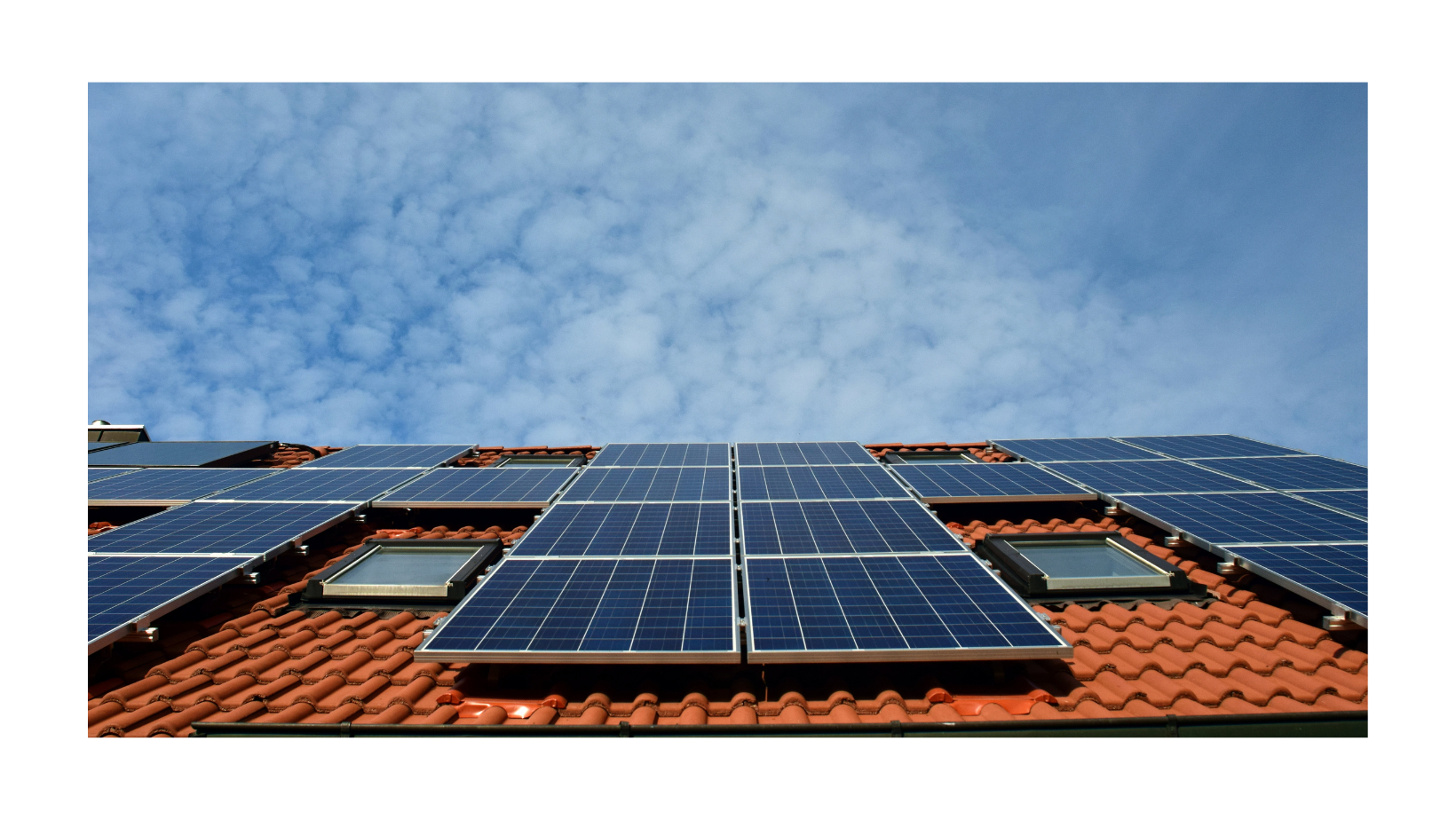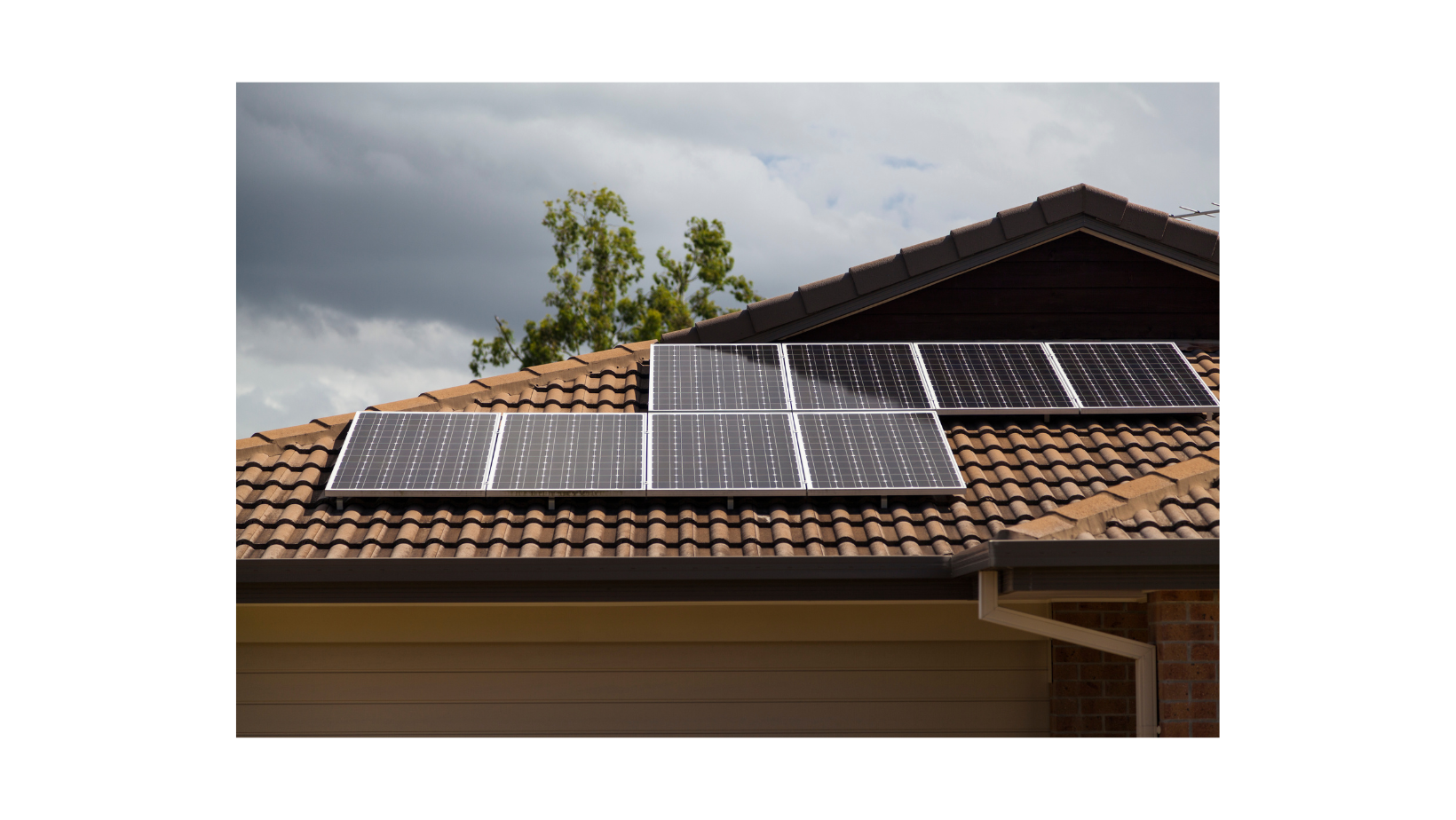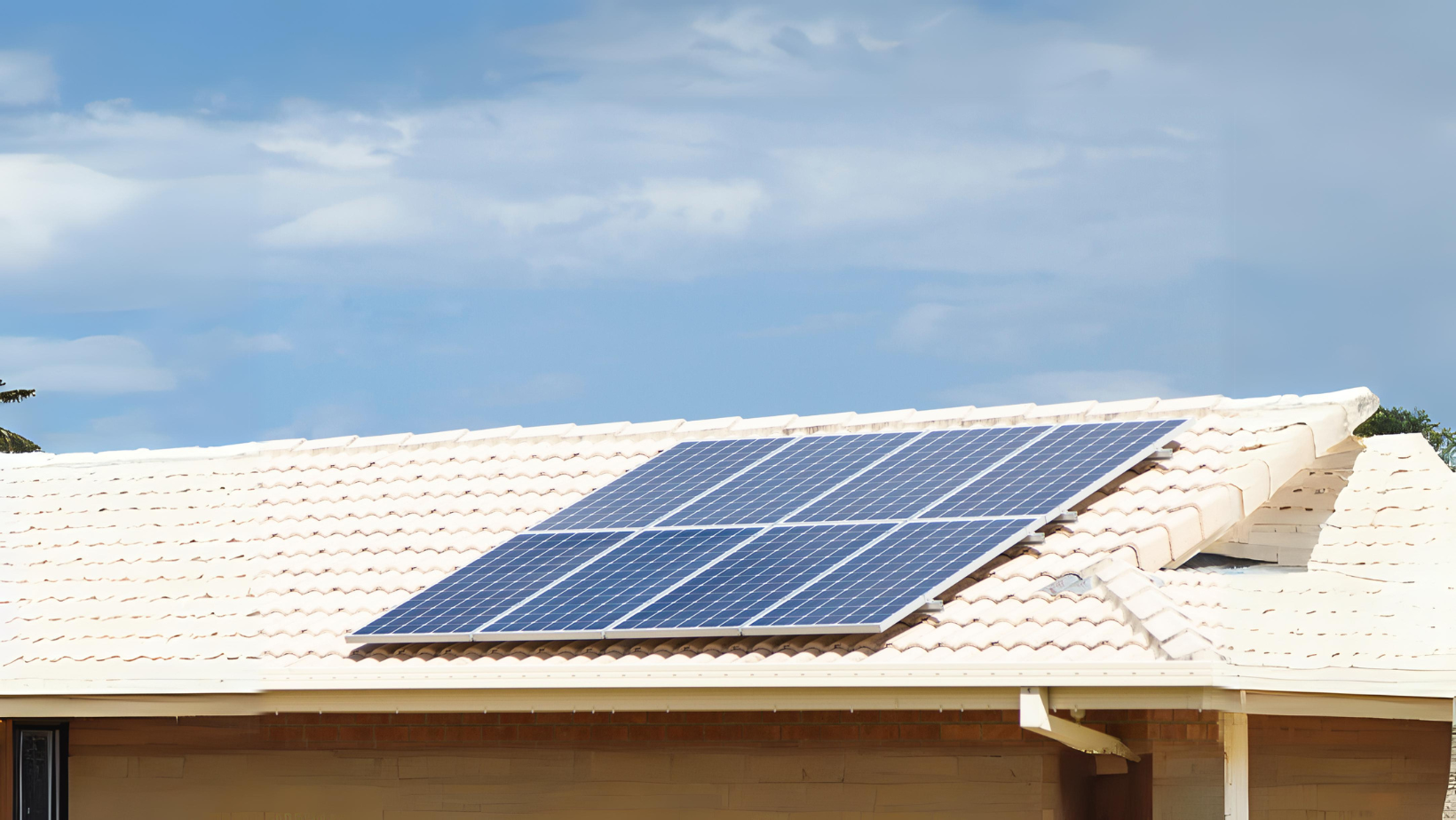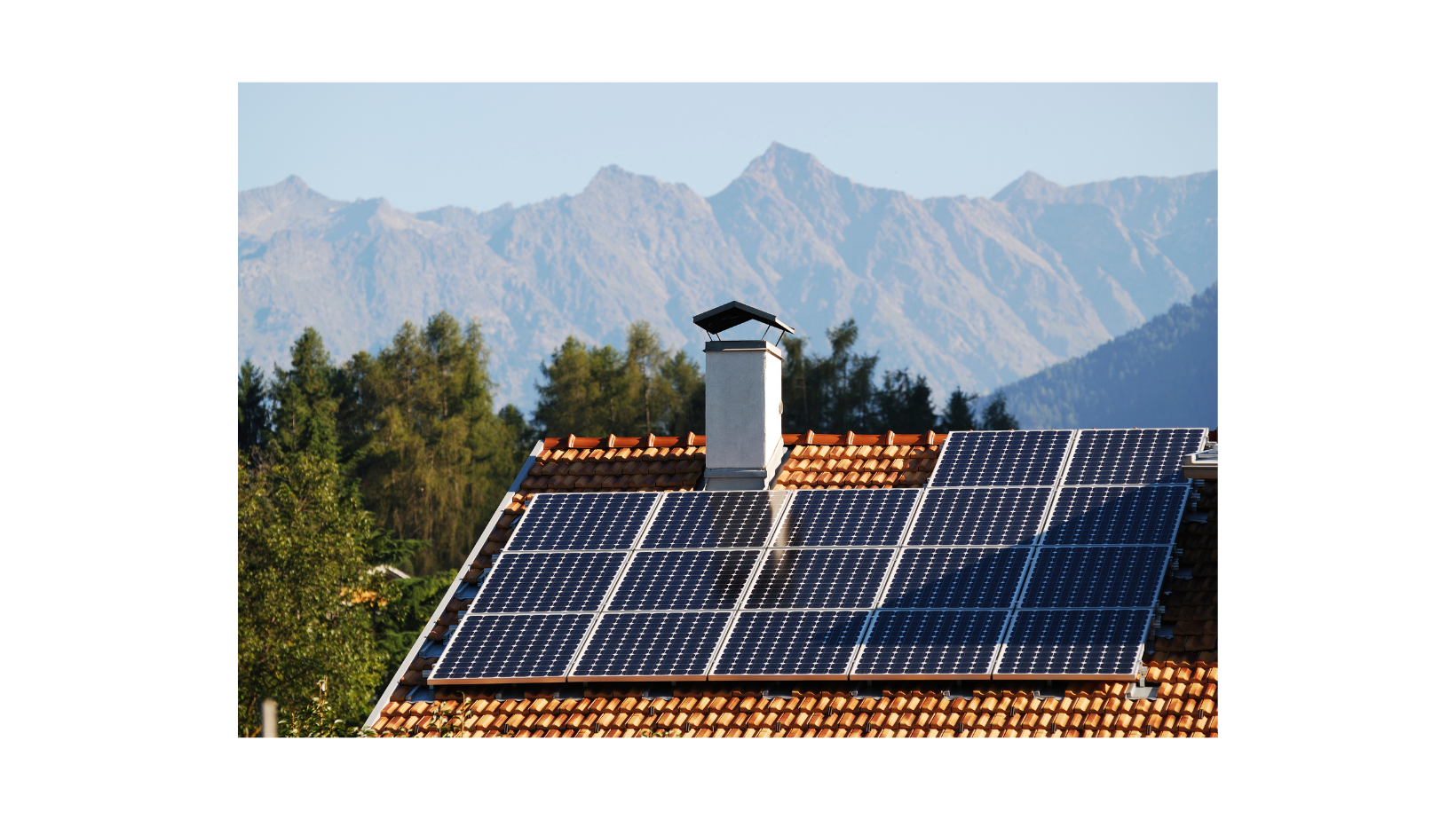Why Should You Invest in Solar Panels on Your Roof?
Solar panels emerge as a remarkable solution in an era where sustainability and energy efficiency are becoming increasingly important. Investing in a solar energy system is an environmentally conscious and financially rewarding decision. By harnessing the abundant and renewable energy from the sun, solar panels enable you to produce your own electricity and significantly reduce your utility bills over time.
Moreover, they contribute to reducing greenhouse gas emissions, thereby playing a vital role in mitigating climate change. As a homeowner, you might wonder about the complexities and benefits of such an investment. This comprehensive guide will unveil why solar panels are a worthy addition to your roof and how they provide a sustainable and cost-effective power solution. So, are you ready to explore the power of the sun? Keep reading to learn how to install panels to turn your roof into a powerhouse.
Understanding Solar Energy

Solar energy is renewable energy directly harnessed from the sun’s rays. It is an abundant, clean, and sustainable power source without depleting natural resources or contributing to pollution. Understanding the workings of solar energy is relatively straightforward. Solar panels, or photovoltaic cells, are installed on the roof and absorb sunlight.
The solar cells within the panels convert sunlight into direct current (DC) electricity. This DC electricity is then transformed into alternating current (AC) electricity by an inverter, which can be utilized to power your home. For instance, if you install solar panels on a sunny day, you can generate sufficient electricity to meet its needs and even send surplus energy back into the grid. This process makes your home self-sufficient and leads to significant savings on your energy bills.
Types of Solar Panels

While all solar panels installed are designed to harness the sun’s energy, they come in various types and efficiency levels. Here are some of the most commonly used solar panels:
Monocrystalline Panels
Monocrystalline panels, often recognized by their uniform, dark look, and rounded edges, are known for their high efficiency and longevity. These panels are made from a single, pure crystal structure that allows electrons, charged particles responsible for generating electricity, to move more freely, thereby increasing the panel’s efficiency. Monocrystalline solar panels can convert over 20% of sunlight into electricity, making them the most efficient solar panels on the market today. They also have the highest cost due to the complex manufacturing process of growing a single crystal.
However, their durability and high performance can offset the high initial investment. For instance, a homeowner in sunny Arizona decided to install monocrystalline panels on their south-facing roof. They selected a high-quality, 300-watt monocrystalline solar panel system. With an average of 7 hours of sunlight per day, they generated an average of 2.1 kilowatt-hours (kWh) per day. Over a year, this increased electricity production to 766.5 kWh, leading to significant savings on their energy bills and a substantial return on investment.
Polycrystalline Panels
Polycrystalline panels, with their distinctive blue-speckled appearance and square edges, are a commonly used type of solar panel. These panels are made by melting multiple silicon fragments together, simplifying the manufacturing process and reducing costs compared to monocrystalline panels. However, this does result in a slightly lower efficiency rate, typically around 15-17%. Multiple crystals in each cell can create boundaries that restrict the movement of electrons.
Despite this, polycrystalline panels can still be an excellent choice for homeowners with ample roof space or who live in cooler climates where high temperatures impact solar panel efficiency. These panels balance efficiency and affordability, making solar power more accessible to a wider group of homeowners. For instance, a solar company in the Pacific Northwest might opt for polycrystalline panels due to the region’s cooler temperatures and large metal roof spaces, allowing optimal performance and significant energy savings.
Thin-Film Panels
Thin-film panels are the most lightweight and versatile of all solar panel types, giving them a wide range of potential applications. They are made by depositing several thin layers of photovoltaic material onto a solid surface, such as glass or metal. With an efficiency rate of approximately 10-12%, thin film panels are less efficient than Monocrystalline and Polycrystalline panels.
However, they are also the most affordable option, making them attractive for large-scale installations where space is not a limiting factor. For example, a commercial building with a large rooftop area might leverage the cost-effectiveness and adaptability of thin film panels to generate a significant amount of renewable energy. Despite their lower efficiency, Thin-Film solar panels are a viable option for those looking for a budget-friendly route into solar energy.
Heterojunction Cells
Heterojunction cells, often called HIT (Heterojunction with Intrinsic Thin layer) cells, combine technologies from mono and thin-film solar panels. They consist of a thin layer of amorphous silicon deposited onto monocrystalline silicon. The unique structure of these panels allows for a higher temperature coefficient, meaning their efficiency doesn’t degrade as much under high temperatures.
While their efficiency rates are similar to monocrystalline panels, ranging from 15-20%, they perform better in warmer climates and cloudy conditions. Despite their slightly higher cost, the improved performance in various weather conditions makes Heterojunction cells a tempting choice for homeowners in warmer regions or areas with fluctuating weather patterns. For instance, a homeowner in Florida might find Heterojunction cells to be the best fit due to the state’s high temperatures and frequent cloudy days.
Factors to Consider When Installing Solar Panels on Roof

Several factors must be considered when deciding the type of solar panels to install. These include:
Roof Space
The available roof space is one of the most critical factors when choosing solar panels for your home. This refers to the surface area on your roof that can be installed for solar panels. The more unobstructed and south-facing roof space you have, the more energy your solar panel system can generate.
For instance, a homeowner in a suburban area with ample roof space and minimal shading from surrounding trees or buildings would have a higher potential for solar energy production than someone living in a densely populated city with limited rooftop access. It’s essential to consider the orientation and slope of your roof, as these factors can also impact efficiency and overall energy generation potential.
Energy Needs
Another crucial factor to consider when choosing solar panels is your household’s energy needs. This refers to the electricity your home typically consumes daily, weekly, or monthly. Calculating your energy usage carefully and accurately is essential to determine how many solar panels you need and which type would best suit your needs.
For example, a family of four living in a suburban area might have higher energy needs due to multiple residents and various appliances, such as air conditioners and refrigerators. This information would help them determine the size and type of solar panel kit they need to meet their energy demands effectively. On the other hand, a single person living in a small apartment might have lower energy consumption and could opt for a smaller or less efficient system.
Budget
Budget is a crucial factor to consider when investing in solar panels. The cost of the panels themselves, installation fees, and any additional equipment or services needed can vary greatly depending on the type and size of the system. It’s essential to clearly understand your budget before deciding about solar panel installations.
For example, a homeowner with a limited budget might find that thin-film panels are the most cost-effective option for DIY solar panel installation. On the other hand, those with more financial flexibility might opt for more efficient but pricier options like monocrystalline panels or Heterojunction cells. Considering the initial costs of solar panels and their long-term benefits and return on investment is important.
Durability and Longevity
The durability and lifespan of solar panels are also essential factors to consider when choosing the right type for your home. Solar panels are a long-term investment, and you want to ensure that the panels you choose can withstand the elements and continue to function effectively for years to come.
For example, while thin-film panels may be more cost-effective, they typically have a shorter lifespan than monocrystalline or Heterojunction cells. When deciding, weighing the initial costs of each panel type’s long-term benefits and durability is essential.
Aesthetics
The aesthetics of your solar panel system may also be a factor to consider, especially for homeowners in areas with strict aesthetic guidelines or regulations. The panels’ size, color, and design can vary depending on the type chosen, so it’s essential to consider how they will look on your roof before deciding.
For instance, monocrystalline panels have a uniform dark color and sleek design, while thin-film panels can come in various colors and patterns. Some homeowners may prefer the more traditional look of photovoltaic panels, while others may opt for a more unique or inconspicuous option.
Benefits of Investing in Solar Panels

Investing in solar panels can provide numerous benefits for homeowners. Some of the most notable advantages include:
Reduction in Electricity Bills
One of the most tangible benefits of investing in solar panels is the significant reduction in electricity bills. Solar panels generate free power for the system’s lifespan, typically 25 to 30 years. This means you are producing your own energy instead of paying for electricity from your utility company.
The extent of savings depends on the size of the solar system and your electricity usage. For example, if you have a larger system and use a lot of energy, you could eliminate your electricity bill entirely. Even if you don’t produce enough energy to cover your needs, you will still see a significant reduction in your monthly bills. This can be particularly helpful for families with high electricity usage or those living in areas with expensive utility rates.
Increase in Property Value
Investing in solar shingles offers numerous benefits beyond saving money on monthly utility bills. It can significantly increase the value of your property as well. According to a study by Zillow, homes equipped with solar systems are sold for an average of 4.1% more than comparable homes without solar power. When you consider today’s average home price, this translates into a substantial amount. For instance, a $500,000 home could potentially see a value increase of $20,500.
But it’s not just about the financial aspect. Prospective buyers are increasingly environmentally conscious, and a home with a solar system is an appealing prospect. It signifies a commitment to sustainable living and reducing the home’s carbon footprint, which is important in today’s real estate market.
Low Maintenance and Long Lifespan
Solar panel systems are renowned for their low maintenance needs and impressive lifespan, making them an ideal investment for homeowners seeking a hassle-free renewable energy source. Once installed, solar panels require minimal upkeep, primarily occasional cleaning, to ensure they remain free of dust or debris that could hinder their efficiency. Unlike many other home installations, they have no moving parts, reducing the risk of damage and eliminating noise.
Most manufacturers offer excellent warranties, often around 25 years, but it’s not uncommon for panels to exceed this, with many continuing to operate at high efficiency even after 30 years. For instance, if you opt for a monocrystalline system, the most commonly used type of solar panel, you can expect an average lifespan of 25 to 30 years. This durability and longevity provide peace of mind and ensure that your initial investment will continue to pay off for many years.
Challenges of Solar Panel Ownership

While the benefits of investing in solar panels are numerous, it’s also essential to consider some potential challenges associated with ownership. These include:
- Upfront costs: One of the most significant challenges for homeowners considering solar panel array ownership is the initial upfront costs. The installation process can be a sizable investment, with prices varying depending on the size and type of system chosen. For instance, while thin-film panels may be more cost-effective, they also have a shorter lifespan than other types, meaning homeowners may need to replace them sooner. However, it’s essential to consider the long-term benefits and potential savings in electricity bills when weighing the upfront costs. Additionally, many governments and utility companies offer incentives and rebates for solar panel installations, making them a more financially feasible option for homeowners with smaller budgets.
- Location limitations: Another potential challenge of solar panel ownership is location limitations. Solar panels may not be viable for homes with limited sunlight or severe weather conditions, such as frequent cloudy days or heavy snowfall. However, technological advancements have allowed for more efficient and durable panels that can withstand harsher climates, making them suitable for a wider range of locations. It’s essential to consult a professional solar installer to determine if your home’s location is suitable for solar panel installation and what type of system would suit your specific needs.
- Maintenance and repairs: While solar panels are generally low maintenance, they may require occasional cleaning to maintain optimal efficiency. Additionally, if any damage or issues arise with the system, repairs may be necessary to ensure it continues to function properly. Maintaining regular maintenance and promptly addressing potential problems is essential to avoid more significant issues.
Conclusion
While the upfront costs and geographical considerations may pose challenges, the long-term benefits of installing solar panels on your roof are significant. The potential for substantial savings on electricity bills, increased property value, and the low maintenance requirements make this a worthy investment. Add to this the environmental impact, reducing the carbon footprint and leading the way in sustainable living, and the advantages are clear.
Despite any initial reservations, it’s important to remember that many government and utility companies offer incentives that help offset the upfront costs. As technology advances, even homes in less sunny climates can now consider solar energy a viable option. Investing in solar panels today can present a future of savings, sustainability, and increased property value.
